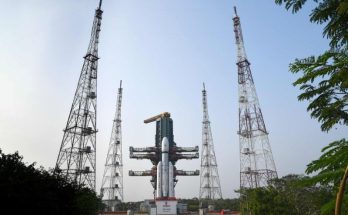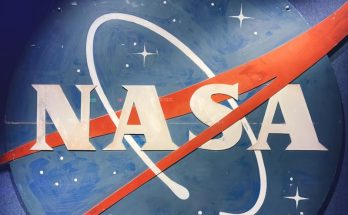#NASA; #ReturningAsteroidSamples
In 2023, as NASA pushed the limits of exploration for the benefit of humanity, the agency celebrated astronaut Frank Rubio becoming the first American astronaut to spend more than one year in space; delivered samples from an asteroid to Earth; sent a spacecraft to study a metal-rich asteroid for the first time; launched multiple initiatives to share climate data; advanced developments in sustainable aircraft; all while continuing preparations to send the first Artemis astronauts to the Moon, NASA reports said.
“This year, NASA continued to make the impossible, possible while sharing our story of discovery with the world,” said NASA Administrator Bill Nelson. “We’ve launched missions that are helping tell the oldest stories of our solar system; continued to safely transport astronauts to the International Space Station to conduct groundbreaking science; our Earth satellites are providing critical climate data to all people; we’re making great strides to make aviation more dependable and sustainable; and we’re growing our commercial and international partnerships as we venture back to the Moon and on to Mars. NASA is home to the world’s finest workforce, and there is no limit to what we can achieve when we work together.”
In support of the Biden-Harris Administration’s efforts to address climate change, NASA is leading the development of U.S. government-wide initiatives focused on bringing Earth science information to the public. The Earth Information Center, a new interactive exhibit at NASA Headquarters in Washington, also includes an online experience that invites visitors to see Earth as NASA sees it from space while providing critical data needed by researchers and policymakers.
Among other notable mentions, the agency’s James Webb Space Telescope – the largest, most powerful telescope humanity has ever put in space – celebrated one year of science. NASA and the Defense Advanced Research Projects Agency (DARPA) announced the two organizations will partner on DRACO (Demonstration Rocket for Agile Cislunar Operations) to test a nuclear-powered rocket in space as soon as 2027.
This year NASA celebrated 25 years of International Space Station operations as the agency continued to foster the growth of the commercial space economy, supporting the development of commercial space station partnerships. It also marks the 65th anniversary of the agency. While celebrating these achievements, NASA also unveiled its NASA 2040 vision for the agency to ensure it remains a global leader in aerospace for decades to come.




